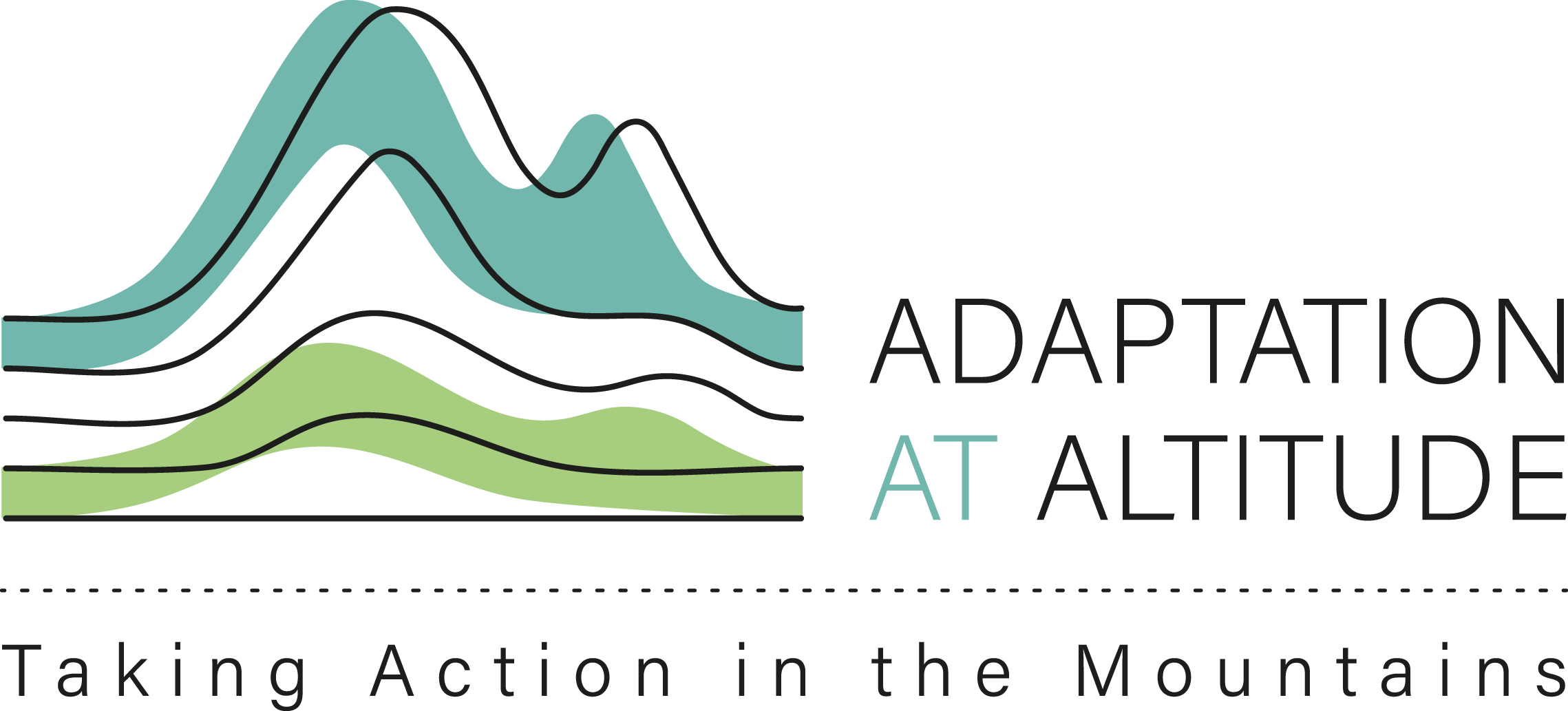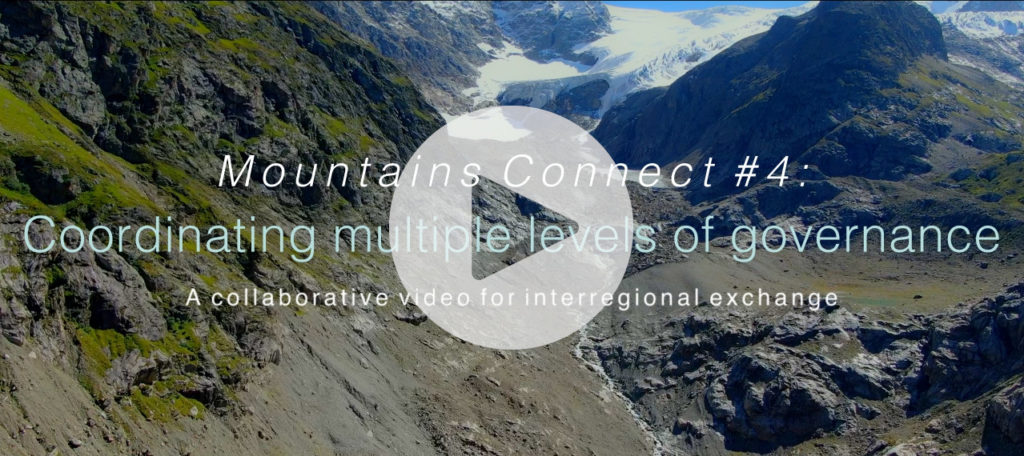Vertical coordination between regional, national and local levels is a defining feature of most mountain range governance (MRG) arrangements, but not all cases show the same openness to subnational and local governments. The Mountains Connect #4 video offers insights into this important MRG aspect and showcases examples from several mountain regions.
In general, the more formal an MRG instrument, the less access subnational governments have; in some cases, lack of access has prompted the emergence of specialized coordination entities. In all European cases, for example, subnational authorities play a key role in the design and implementation of MRG-related territorial cooperation programs.
Script & CAST
Jörg Balsiger, Professor of Geography & Environment, University of Geneva
Cooperation and coordination among local, national, and regional actors are important features of most transboundary mountain governance arrangements. Vertical coordination, or multilevel governance, can take different forms and involve different mechanisms.
Some aspects of vertical coordination between actors are defined in national constitutions. Others are part of the design of mountain range governance. The actual nature of vertical coordination is therefore always a balancing act one that is best negotiated between the parties concerned. But what should they pay attention to?
Thomas Egger, Director, Swiss Working Group for Mountain Areas (SAB)
In the European Alps there are significant differences concerning the level at which decisions are made. We have numerous important, strategic decisions that are rather conceptual and overarching and are, therefore taken at the level of the entire mountain range, for instance in the context of the Alpine Convention or the Macroregional Strategy for the Alps. But of course we also have many local decisions that are made at the level of municipalities or Länder. There is great diversity, that’s what makes the heterogeneity in the Alps.
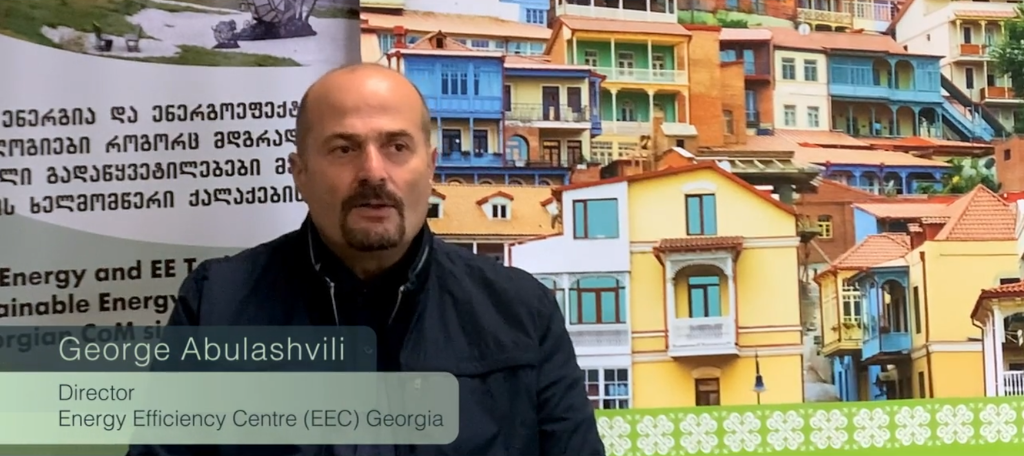
George Abulashvili, Director, Energy Efficiency Centre (EEC) Georgia
Largely in our country this [sustainable mountain development] is a multilevel issue. There are subjects where the local decision makers are fully authorized to make decisions but there are issues that require joint forces with the central and regional administrations. Active municipalities in our country are part of the National Climate Change Council and they have a vote. They can deliver their own messages to the top decision-making level immediately.
Jörg Balsiger
Vertical coordination concerns governmental actors at different levels who cooperate on strategic or operational issues. In mountain range governance, two combinations of levels and issues require particular attention. The first relates to coordination between the national and the regional level. In most cases, regional initiatives are created by national actors. Where this involves formal instruments such as treaties, foreign ministries typically take the lead and negotiate strategic issues. Such issues may include the scope of authority given to a regional institution or what to do in case a regional arrangement is ignored. For thematic issues linked to policy sectors, ministries for the environment, agriculture, or economic development work out how to balance regional and national policy.
Situations requiring special attention
1. Coordination between national and regional level involving formal instruments
- Foreign ministries lead on strategic issues
- Line ministries lead on sectoral issues
2. Role of local authorities
- Transnational agreements where devolution permits
- Programs or projects where subnational governments or cities cannot conclude cross-border agreements
Thomas Egger
When I think about the level at which decisions about different topics are made, there are great differences. There are overarching topics where there are commonalities in the Alps. These are solved together, for example natural hazard prevention or water management, where we really have common challenges. On the other hand there is no denying that there are certain competitive situations between Alpine countries, this is very pronounced in tourism, perhaps not least because there is no common Alpine tourism strategy and cooperation.
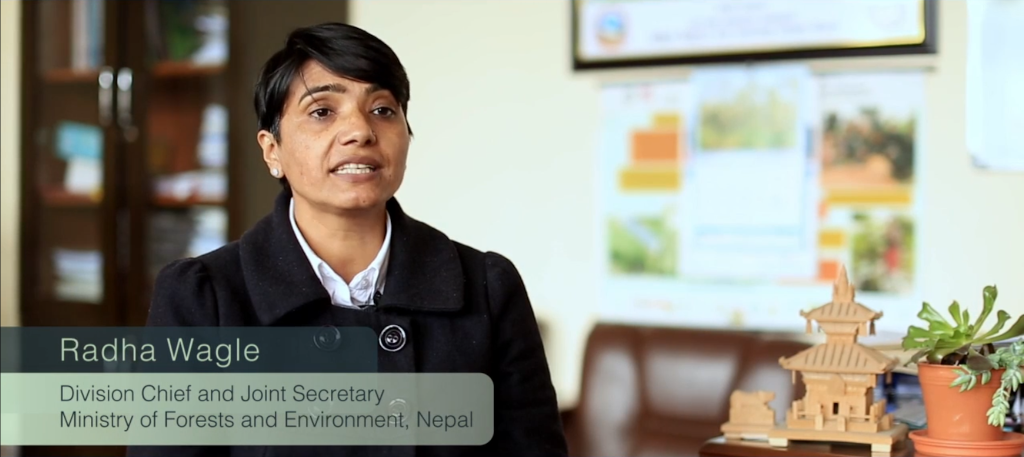
Radha Wagle, Division Chief and Joint Secretary, Ministry of Forests and Environment, Nepal
I think the HKH [Hindu Kush Himalaya] High Level Declaration provided an opportunity for learning from each other country, and I think that all eight of the HKH region’s countries have different types of issues related to mountains. Then all are informed by each other’s experiences and evidence. I think now we have more opportunity to learn from other regional associations like ICIMOD, not only in the HKH region but also countries from Europe and other regions that have similar issues like us.
Jörg Balsiger
The second concerns the role of local authorities in vertical coordination. In some cases, countries allow provinces or even cities to work directly with their counterparts across national borders. There, vertical coordination assumes a form of decentralization, where local authorities work together to address concrete policy issues, such as climate change adaptation in a watershed of a given mountain range. Where constitutions do not allow for direct cross-border links, or where subnational participation in regional institutions does not exist, vertical coordination can be promoted through specific programmes or projects.
George Abulashvili
Under the umbrella of the climate change issues I would prioritize mitigation and maybe energy poverty that has to be addressed at the local level and maximum efforts to be made along with uniting forces at the regional level.

Sophiko Lomineishvili, Project Officer, Caucasus Network for Sustainable Development of Mountain Regions (Sustainable Caucasus)
Decision-making in Georgia regarding sustainable development is based on mutual cooperation between national and municipal bodies. A good example of this can be the National Mountain Development Council composed by different actors, including non-government organizations. The Council has a broad function, meets, discusses, and gets resolutions through the prioritisation of needs of mountain municipalities.
Radha Wagle
Nepal is a flagship in implementing the local level adaptation plans from 2010. After 2010, while we formulated our national level adaptation plan, we formulated different scale of adaptation plan at the local level and then we were able to internalize local level adaptation in different scale and that has good results, too. I think that is the major learning from local level institutions.
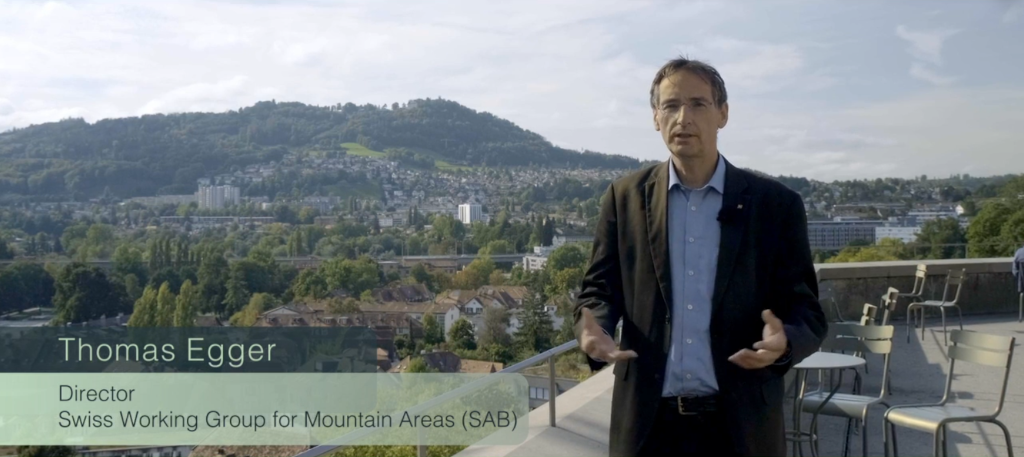
Thomas Egger
There are several processes where local actors are involved, for example in the new Macroregional Strategy for the Alps, where there is a real objective to discuss with civil society, to also include municipalities in processes, for example the so-called Action Groups. Then there are also networks where exchange takes place, for instance the network of municipalities “Alliance in the Alps”; this is horizontal coordination but such networks can then become part of larger processes such as the Alpine Convention, where Alliance in the Alps is a Permanent Observer.
Sophiko Lomineishvili
The Covenant of Mayors for Climate and Energy is a bottom-up multilevel governance model that gives the opportunity to local governments to participate in global action against climate change. However, successful implementation of the COM’s commitment requires support from national government and vice versa because local government directly responds to Georgia’s international commitments, such as the Paris Accord, the European Union Association Agreements, and others. Climate change is happening locally and the municipalities are the ones who can take bold action and through that national government can benefit.
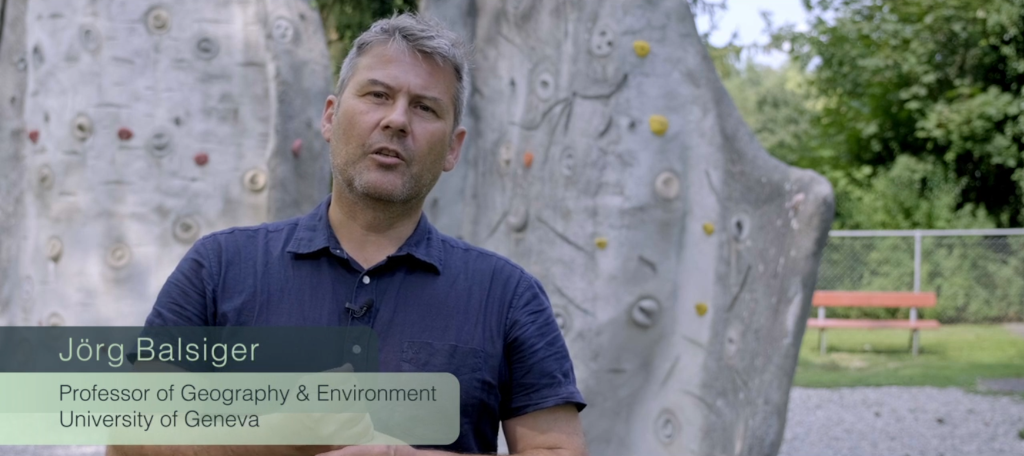
Jörg Balsiger
Mountain range governance can greatly benefit from effective coordination and cooperation between policy makers.
Key lessons
- In vertical coordination, making sure that the roles and responsibilities of national actors and regional institutions are clear is crucial for the stability and serenity of collaboration.
- Similarly, defining the involvement of local or provincial authorities can help create a level playing field for the participation of local actors and ensure that lessons from the ground move up to inform strategy at the regional level and thereby contribute to sustainable mountain development.
ORGANIZATIONS APPEARING IN THE VIDEO
- Swiss Working Group for Mountain Areas (-> link)
- Energy Efficiency Centre, Georgia (-> link)
- Ministry of Forests and Environment, Nepal (-> link)
- Caucasus Network for Sustainable Development of Mountain Regions (Sustainable Caucasus) (-> link)
